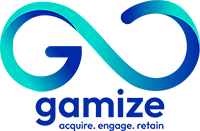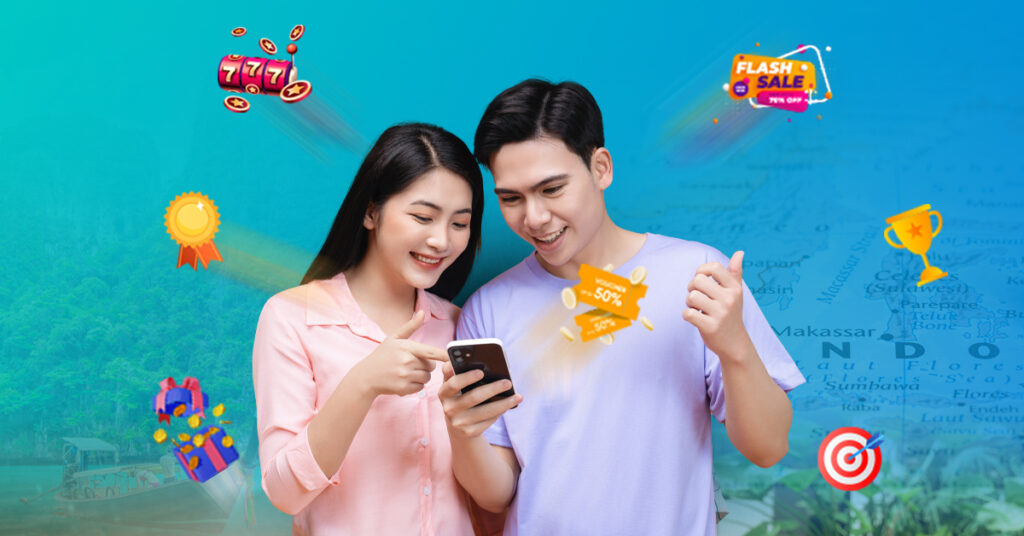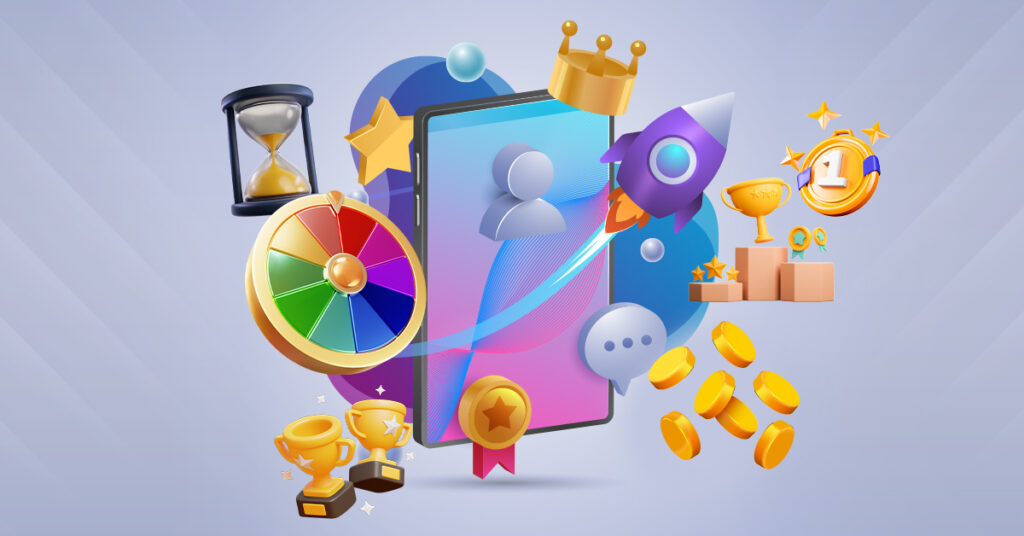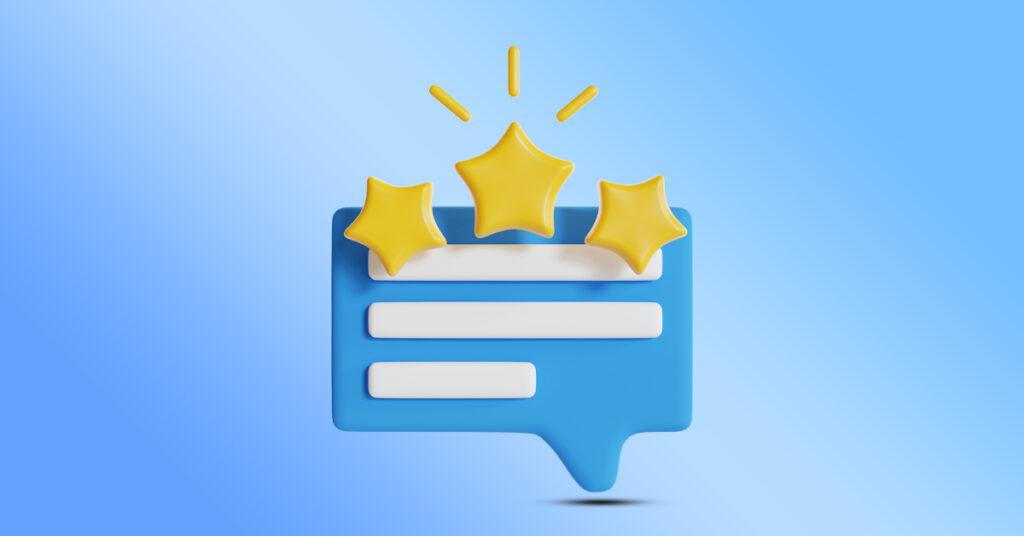The fascination with gamification has witnessed an unprecedented surge in recent years. As businesses stride further into the digital realm, fresh prospects emerge to enhance customer interaction.
Gamification has emerged as a pivotal focal point for numerous brands, propelling its market toward an estimated valuation of $48.72 billion by 2029 (Mordor Intelligence).
Brands throughout the region have honed the art of leveraging gamified promotions to perfection. These strategies find remarkable traction, especially during the immensely popular shopping extravaganzas that have morphed into cultural phenomena across Southeast Asian nations.
This article is a must-read if you’re keen on witnessing gamification’s tangible impact and effectiveness within Southeast Asia.
Impact of Gamification in Southeast Asia
The rapid surge in online retail spurred by the COVID-19 pandemic led to a substantial shift towards digital marketplaces as physical stores faced closures in 2020 and 2021.
Over 2.14 billion individuals transitioned to online platforms, embracing digital transactions.
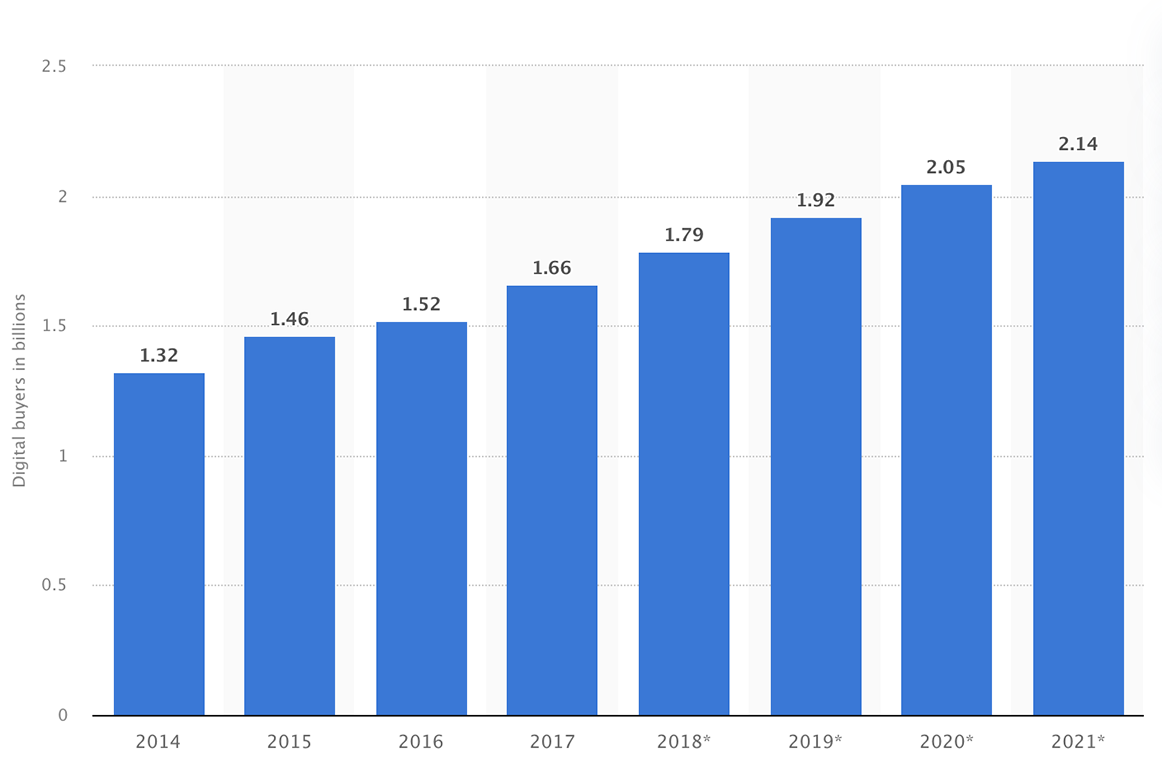
Gamification injects an additional dimension into the digital landscape by enhancing the user interface, thereby enriching the buyer experience within a marketplace. It applies principles akin to those that render video games captivating, transposing these dynamics into real-life scenarios.
Here are instances of its impact on online shopping:
Enhanced Product Visualization
Online buyers often grapple with product suitability and quality uncertainties, relying on sometimes unreliable user reviews. Virtual Reality (VR) and Augmented Reality (AR) have bridged this gap, empowering customers to gain better insights into their purchases.
VR crafts computer-generated representations of products, viewable through VR headsets. For instance, travel companies leverage VR to offer customers previews of holiday destinations or digital tours of countries.
AR delivers immersive experiences by blending real-world environments with generated perceptions, overlaying products into a shopper’s reality. Shoppers can envision how clothing fits or visualise furniture within their homes.
Personalised Shopping Experiences
Given eCommerce’s virtual nature, replicating a physical store’s feel becomes imperative. Livestreaming on social media channels employs game design concepts, rendering purchases more interactive and competitive.
Some platforms enable users to virtually try products by scanning their likenesses. For instance, individuals seeking spectacles can virtually sample different options, make their choice online, and have the glasses delivered.
Sales, Customer Engagement, and Loyalty
Mobile mini-games with gamified elements aid in bolstering brand recognition. They entertain customers during downtimes, offering in-game purchases and exploratory experiences of a brand’s offerings.
Earning points per purchase or climbing leaderboards in brand-sponsored competitions entices buyers, with points convertible to future shopping perks. Increased engagement leads to higher conversions and sales.
Platforms like Lazada entice customers with mystery boxes from renowned brands, adding excitement through the surprise element.
Gamified Marketing Campaigns and Promotions
Businesses leverage giveaways, spinning wheel games, or virtual scratch cards to offer discounts or engage customers with other brands.

(Disclaimer: This image is for informational purposes only. Opinions or points expressed represent Shopee’s views
and don’t necessarily represent the official position or policies of Gamize by OGL.)
Shopee stands out by adeptly integrating mobile-focused interactive platforms, featuring enticing discount banners and gamified selection menus. Shopee coins earned can be converted into cash via the ShopeePay wallet, ensuring continual customer engagement. [Source: TMO Group]
Future of Gamification in Southeast Asia

While facing global economic challenges, Southeast Asia’s eCommerce sector exhibits gradual growth, marked by a 20% user penetration rate. This growth trajectory suggests ample space for expansion, aiming to match China’s 47% rate. The region presents diverse opportunities, given varying developmental stages across its countries. As these nations progress, they will unlock fresh avenues for online retail startups to connect with and cater to a burgeoning base of shoppers.
Gamification Examples in SEA That Witnessed Success
While the statistics paint a promising picture and highlight the potential of gamification in Southeast Asia, examining organisations that have thrived through gamification offers insight into its true power.
Let’s delve into a few noteworthy examples:
1. CIMB Bank’s OctoChallenge
CIMB Bank in Malaysia introduced the OctoChallenge within its CIMB Clicks mobile banking application. This innovative service employs points, progress charts, and lottery mechanics to engage users through assigned missions.
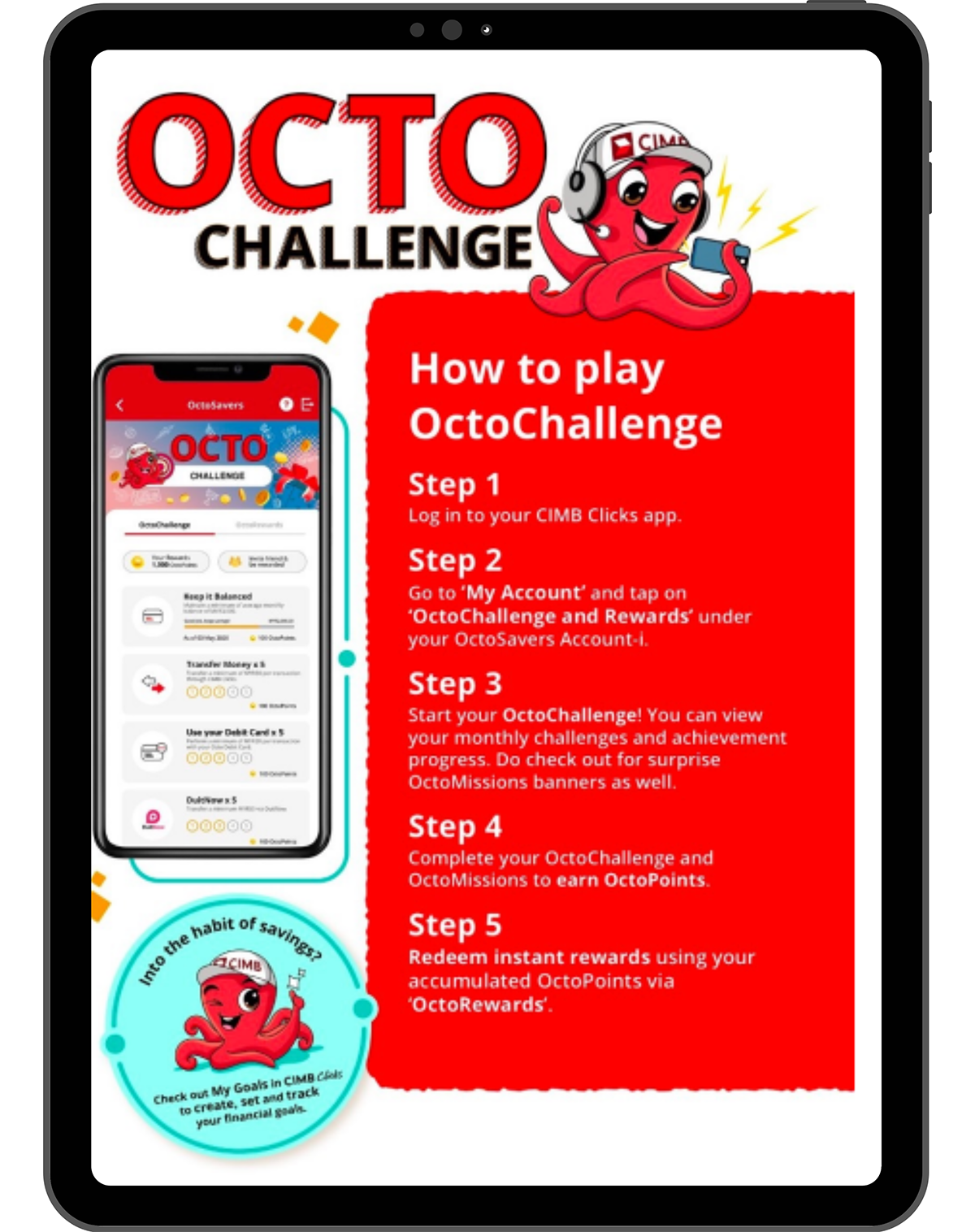
(Disclaimer: This image is for informational purposes only. Opinions or points expressed represent CIMB Bank’s views
and don’t necessarily represent the official position or policies of Gamize by OGL.)
Users earn points that can be utilised for attractive offers on central Southeast Asian super app Grab.
Another CIMB initiative targets the youth demographic, encouraging financial prudence by rewarding savings habits among 12 to 24-year-olds.
Users earn interest rates based on their savings level, incentivising consistent savings habits with the prospect of higher returns.
2. Lazada
Singaporean e-commerce giant Lazada has gone beyond mere brand awareness campaigns, infusing gamification elements into the shopping experience within its app.
Lazada incorporates diverse gamified features such as referral rewards, collectable vouchers and coins, daily bonuses, countdown timers, and prize giveaways.
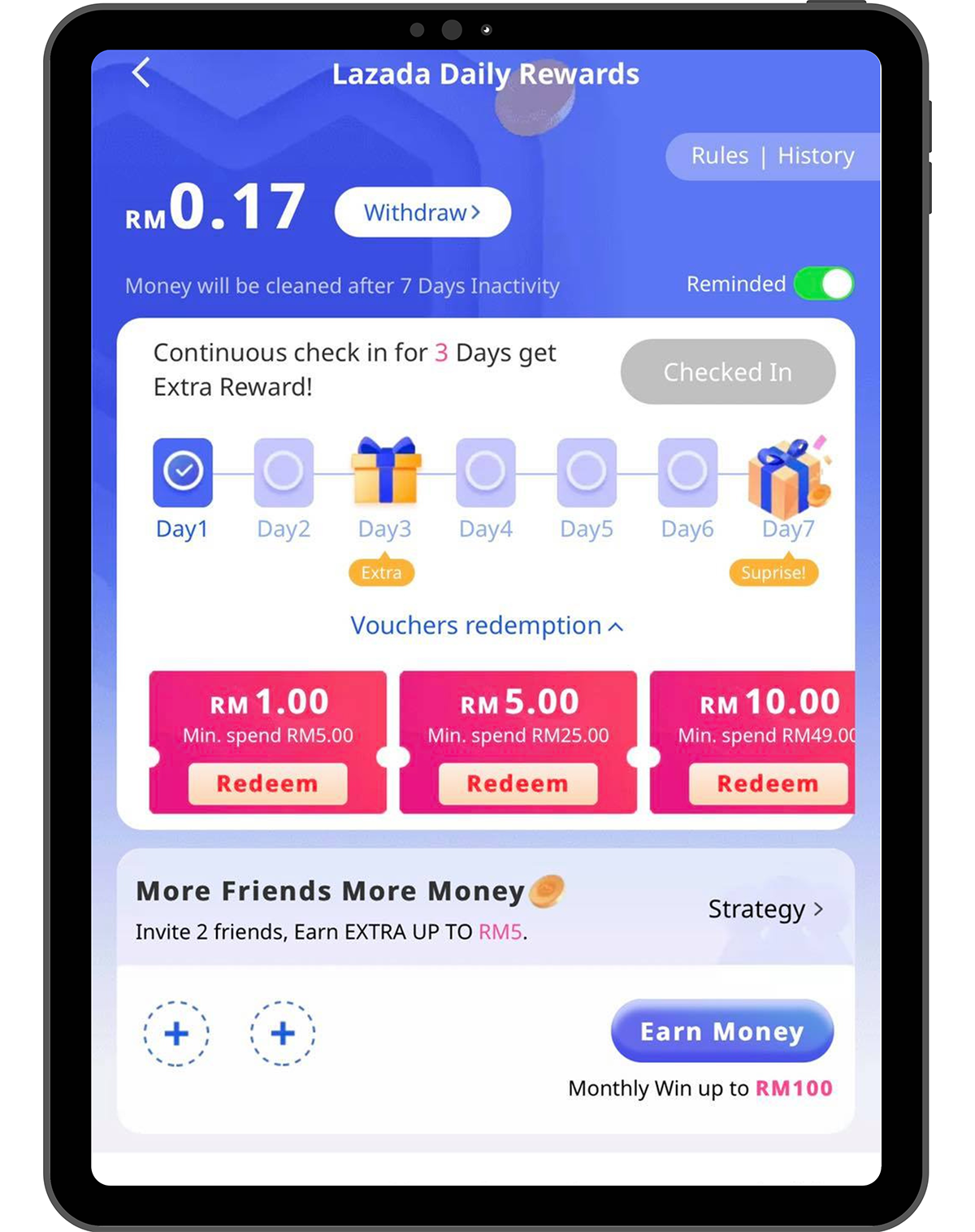
(Disclaimer: This image is for informational purposes only. Opinions or points expressed represent Lazada’s views
and don’t necessarily represent the official position or policies of Gamize by OGL.)
Lazada tactically uses scarcity to drive coupon redemption, creating time-limited offers to prompt swift engagement with the app.
The ‘Slash It!’ feature offers discounts on items when users persuade friends to click on personalised promo links, encouraging a social dynamic within the platform.
Each gamified aspect within the Lazada app is finely crafted to guide users toward desired actions, incentivising increased shopping activity or app usage with better rewards.
3. Hyundai
In 2013, Hyundai, the South Korean car manufacturer, embarked on a groundbreaking gamification campaign in partnership with AMC’s hit TV series ‘The Walking Dead’.
The ‘Hyundai Chop Shop’ app allowed users to customise Hyundai cars with nearly 300 zombie-killing modifications. This highly successful campaign garnered millions of downloads.

(Disclaimer: This image is for informational purposes only. Opinions or points expressed represent Hyundai’s views
and don’t necessarily represent the official position or policies of Gamize by OGL.)
Users engaging daily and answering trivia questions were rewarded with points, fostering repeat interactions.
‘Hyundai Chop Shop’ capitalised on a prior product placement deal between Hyundai and AMC, where characters in the show used a lime green Hyundai Tucson as their primary means of transport in a zombie-ridden Georgia.
Culminating Thoughts on Gamification in Southeast Asia
The gamification landscape within Southeast Asia unfolds as a realm of immense potential and continuous evolution.
As demonstrated by the successes of various organisations like CIMB Bank, Lazada, and Hyundai and the distinct challenges faced by platforms like WeChat, the region witnesses both triumphs and areas for growth.
From empowering financial habits to revolutionising shopping experiences, gamification has woven itself into user engagement strategies across diverse industries.
The ever-expanding reach of super apps, coupled with the innovation and dynamism characterising Southeast Asia’s market, signals a future where gamification will continue to thrive, driving engagement, fostering brand loyalty, and reshaping the digital landscape.
